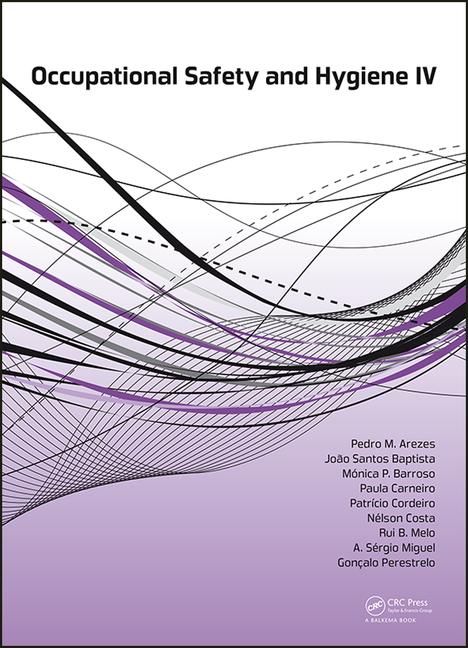DOL initiative will help feds crack down on OSH crimes

In an effort to prevent and deter crimes that put the lives and the health of workers at risk, the Departments of Justice and Labor have put in place a plan to more effectively prosecute such crimes. Under the plan, the Justice Department’s Environment and Natural Resources Division and the U.S. Attorneys’ Offices will work with OSHA, the Mine Safety and Health Administration (MSHA) and the Wage and Hour Division (WHD) to investigate and prosecute worker endangerment violations.
“On an average day in America, 13 workers die on the job, thousands are injured and 150 succumb to diseases they obtained from exposure to carcinogens and other toxic and hazardous substances while they worked,” said Deputy Attorney General Sally Quillian Yates. “Given the troubling statistics on workplace deaths and injuries, the Department of Justice is redoubling its efforts to hold accountable those who unlawfully jeopardize workers’ health and safety.”
Criminal prosecution as an "enforcement tool"
“Safety and security in the workplace are a shared commitment. Workplace injuries and illnesses cause an enormous amount of physical, financial and emotional hardship for workers and their families and underscore the urgent need for employers to provide a safe workplace for their employees,” said Department of Labor Deputy Secretary Chris Lu. “Today’s announcement demonstrates a renewed commitment by both the Department of Labor and the Department of Justice to utilize criminal prosecution as an enforcement tool to protect the health and safety of workers.”
Starting last year, the Departments of Justice and Labor began meetings to explore a joint effort to increase the frequency and effectiveness of criminal prosecutions of worker endangerment violations. This culminated in a decision to consolidate the authorities to pursue worker safety statutes within the Department of Justice’s Environment and Natural Resource Division’s Environmental Crimes Section. In a memo sent today to all 93 U.S. Attorneys across the country, Deputy Attorney General Yates urged federal prosecutors to work with the Environmental Crimes Section in pursuing worker endangerment violations. The worker safety statutes generally provide for only misdemeanor penalties. However, prosecutors have now been encouraged to consider utilizing Title 18 and environmental offenses, which often occur in conjunction with worker safety crimes, to enhance penalties and increase deterrence. Statutes included in this plan are the Occupational Safety and Health Act (OSH Act), the Migrant and Seasonal Agricultural Worker Protection Act (MSPA) and the Mine Safety and Health Act (MINE Act).
Cutting corners on worker safety
“We have seen that employers who are willing to cut corners on worker safety laws to maximize production and profit, will also turn a blind eye to environmental laws,” said Assistant Attorney General John C. Cruden for the Justice Department’s Environment and Natural Resources Division. “Working with our partners in the Department of Labor and law enforcement, we will remove the profit from these crimes by vigorously prosecuting employers who break safety and environmental laws at the expense of American workers.”
“Every worker has the right to come home safely. While most employers try to do the right thing, we know that strong sanctions are the best tool to ensure that low road employers comply with the law and protect workers lives,” said Assistant Secretary for Occupational Safety and Health Dr. David Michaels. “More frequent and effective prosecution of these crimes will send a strong message to those employers who fail to provide a safe workplace for their employees. We look forward to working with the Environment and Natural Resources Division to enforce these life-saving rules when employers violate workplace safety, workers’ health and environmental regulations.”
In addition to prosecuting environmental crimes, the Environment and Natural Resources Division has also been strengthening its efforts to pursue civil cases that involve worker safety violations under statutes such as the Clean Air Act, Clean Water Act, Resource Conservation and Recovery Act and the Toxic Substances Control Act. Violations of a number of provisions under these statutes can have a direct impact on workers tasked with handling dangerous chemicals and other materials, cleaning up spills and responding to hazardous releases.
For more information, visit: www.justice.gov/enrd/worker-endangerment/
Looking for a reprint of this article?
From high-res PDFs to custom plaques, order your copy today!







